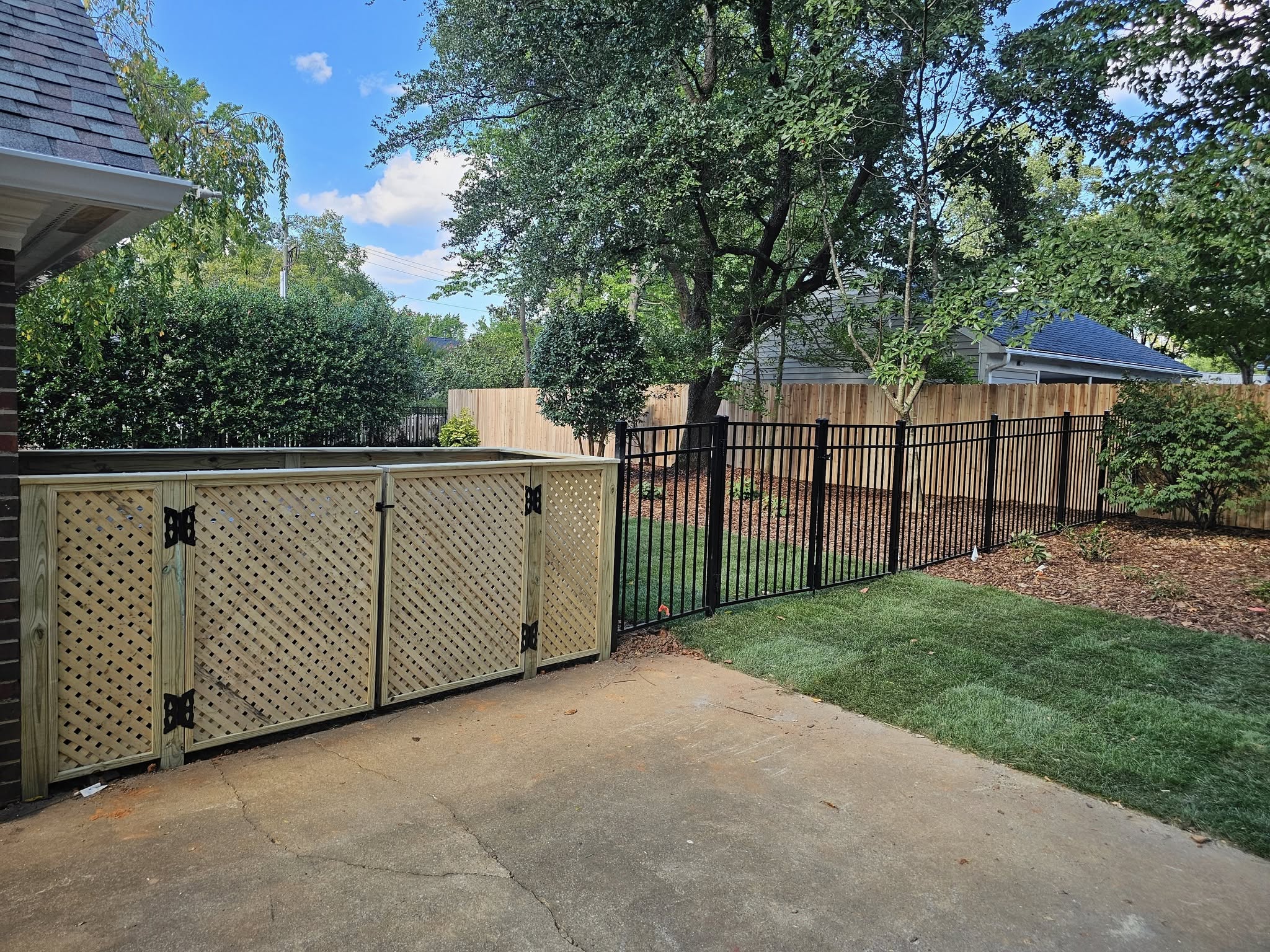
Weather-Proofing Your Fence: Best Practices for Long-lasting Durability Nov 05, 2025
Fences, much like any outdoor installations, bear the brunt of seasonal changes, from scorching summer heat to freezing winter conditions. These fluctuating weather patterns can lead to fading, warping, and even structural damage if not adequately protected. Proper weather-proofing not only maintains the aesthetic appeal of your fence but also enhances its functional longevity, reducing the need for frequent repairs.
The first step in weather-proofing is choosing the right materials. Different fencing materials—such as wood, vinyl, or metal—have unique properties and require specific protective treatments. For wooden fences, using pressure-treated lumber can significantly increase resilience against rain and termites. An excellent choice for those looking to combine beauty with durability is cedar wood, known for its natural resistance to decay.
Once you have the right materials, a thorough inspection of the fence is essential before applying protective measures. Check for any existing damage such as cracks, rot, or loose nails. Performing necessary repairs ensures maximum effectiveness of the weather-proofing processes you apply. For those who prefer a DIY approach, ensure you have the basic tools and safety gear handy.
Sealing is a fundamental step in weather-proofing, especially for wooden fences. Applying a high-quality water-repellent sealant will protect the wood from moisture damage and prolong its life. It is advisable to reapply the sealant every couple of years or after harsh weather spells to maintain optimal protection. For metal fences, a rust-inhibitive primer followed by a good coat of paint will shield the metal from corrosive elements.
Painting not only adds an aesthetic layer but also acts as an additional protective shell against ultraviolet rays, rain, and wind. Choose paints with UV filters for best results, as these will prevent fading and cracking. Remember, regular maintenance is key—check your fence at least twice a year and touch up areas where paint has chipped or worn away.
Whether considering vinyl or composite fences, these materials are relatively low maintenance, but it is still wise to clean them regularly. A simple wash with soap and water will help preserve their color and finish. Always use gentle brushes to avoid scratching the surface—especially when dealing with composite material, which is more delicate.
Finally, landscaping around your fence can play a significant role in its weather resistance. Planting shrubbery or installing barrier plants can serve as windbreaks, reducing direct exposure to harsh elements. Additionally, proper drainage around the base can prevent water from pooling and causing damage.
In conclusion, weather-proofing your fence is a combination of using the right materials, applying essential protective measures, and committing to regular maintenance. At Tru-Love Outdoor Services, we are dedicated to helping homeowners enjoy the benefits of a durable, attractive fence that stands the test of time. Investing in these best practices will not only preserve the function and form of your fence but also save you money and effort in the long run. For comprehensive guidance and services, do not hesitate to contact us for your fencing needs.
/filters:no_upscale()/media/546Q4IXTZ9QL4Q0ZCN7HN2QD191LOJJZ1L94A2YB.jpeg)